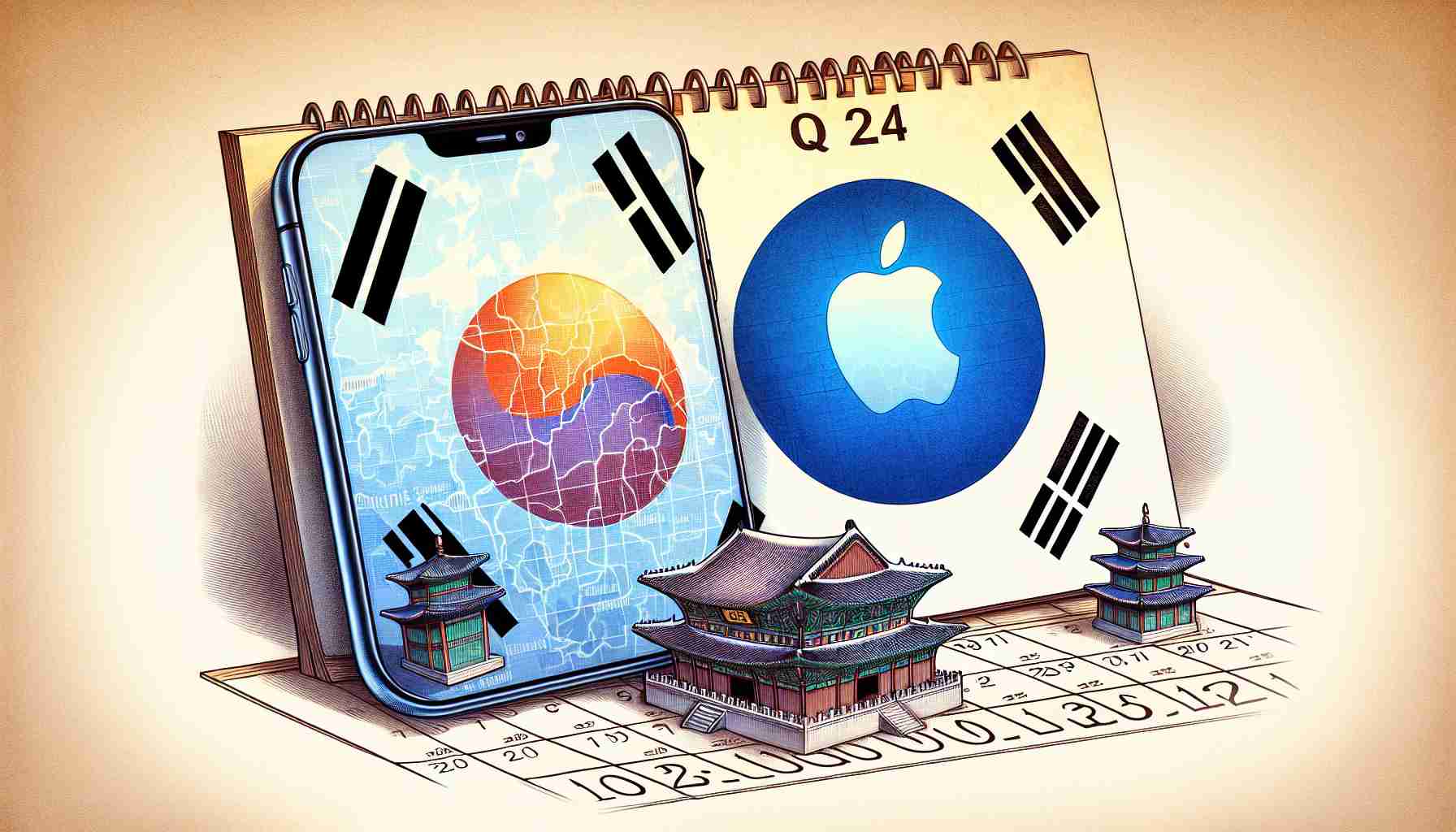In the first quarter of 2024, a recent report from Counterpoint Research highlighted that when it comes to smartphone sales, Apple and Samsung continue to dominate. These two industry titans not only topped the charts but exclusively filled the top ten best-selling smartphones list, demonstrating a clear consumer preference for their devices.
Consumers have shown a keen interest in more premium features, often opting for Apple’s pricier Pro models. These models, including their Pro Max counterparts, have doubled their market presence compared to the previous year. The iPhone 15 Pro Max has been exceptionally popular, boasting 4.4% of global sales, closely followed by the standard iPhone 15 at 4.3%.
Samsung, not far behind in innovation and consumer appeal, has seen its Galaxy S24 Ultra garner an equal market share to that of the iPhone 14, both standing at 1.9%. Samsung has credited its success to the inclusion of GenAI technology in its latest offerings, which revolutionizes user interaction and content creation.
Despite the allure of high-end models, there remains a strong market segment for budget-friendly options, as shown by the popularity of Samsung’s Galaxy A series. This dichotomy in consumer choice has led to an intricate sales landscape where, although the frequency of smartphone purchases may be declining, an increase in average selling prices has resulted in record-breaking revenue.
The smartphone sector, prominently led by Apple and Samsung, is however not free from challenges. The companies face scrutiny over issues such as market saturation, the pace of innovation, environmental sustainability, and the right to repair. These controversies necessitate a continuous evolution of business strategies.
Both manufacturers leverage their strong brand loyalty and wide distribution networks to maintain their position at the industry’s forefront. However, the reliance on flagship models and the high cost of devices remain concerns.
For broader insights into the strategies and performance of Apple, Samsung, and the smartphone industry as a whole, Counterpoint Research provides in-depth analyses and data.
Note: Staying informed on these market trends is crucial for both consumers and industry analysts, given the dynamic nature of the global smartphone industry.
Important Questions and Answers:
1. Why do Apple and Samsung continue to dominate global smartphone sales?
Apple and Samsung continue to dominate due to their brand reputation, innovation, marketing strategies, and expansive distribution networks. Their ability to capture consumer interest with high-end features and regular updates plays a significant role in their market position.
2. What are the key challenges faced by Apple and Samsung in the smartphone market?
Key challenges include market saturation as most consumers already own a smartphone, pushing these companies to find new growth avenues. The pace of innovation can also be a challenge as consumers expect regular, significant upgrades. Environmental sustainability and ethical concerns are becoming increasingly important to consumers. Lastly, the right to repair movement is pushing for legislation that would allow consumers to fix their devices independently, potentially affecting sales of newer models.
3. What controversies are associated with Apple and Samsung?
Controversies surrounding Apple and Samsung often involve antitrust issues due to their market dominance, intellectual property disputes, and concerns over user privacy and security. There are also criticisms regarding labor practices and the environmental impact of their manufacturing processes.
Advantages and Disadvantages:
– Advantages:
Apple’s eco-system and Samsung’s diversity in product offerings provide distinct advantages. Their continued investment in R&D allows them to innovate and maintain industry leadership. High consumer loyalty and the perceived status associated with their flagship models drive consistent sales.
– Disadvantages:
One major disadvantage is the high cost of flagship smartphones, which may alienate budget-conscious consumers. There is also an overreliance on a few models that, if fail, could severely impact the company’s earnings. Additionally, both companies face intense competition from Chinese manufacturers providing comparable smartphones at lower prices.
Note: Given the rapid changes in consumer preferences and technology, companies in the smartphone sector must adapt quickly to maintain their competitive edge. It is essential for stakeholders to keep abreast of the latest industry trends and product offerings.
To further explore and understand the dynamics of the smartphone industry, consider visiting the official sites for more information:
– For information about Apple’s strategies and product range, visit Apple.
– To learn more about Samsung’s smartphone offerings and technologies, visit Samsung.
– For detailed market research and trends in the smartphone industry, Counterpoint Research is a key resource, accessible on their main domain.
It is important to visit these resources to gain comprehensive insights into the strategies, trends, and future outlook of these leading smartphone manufacturers and the overall industry.
The source of the article is from the blog macnifico.pt
